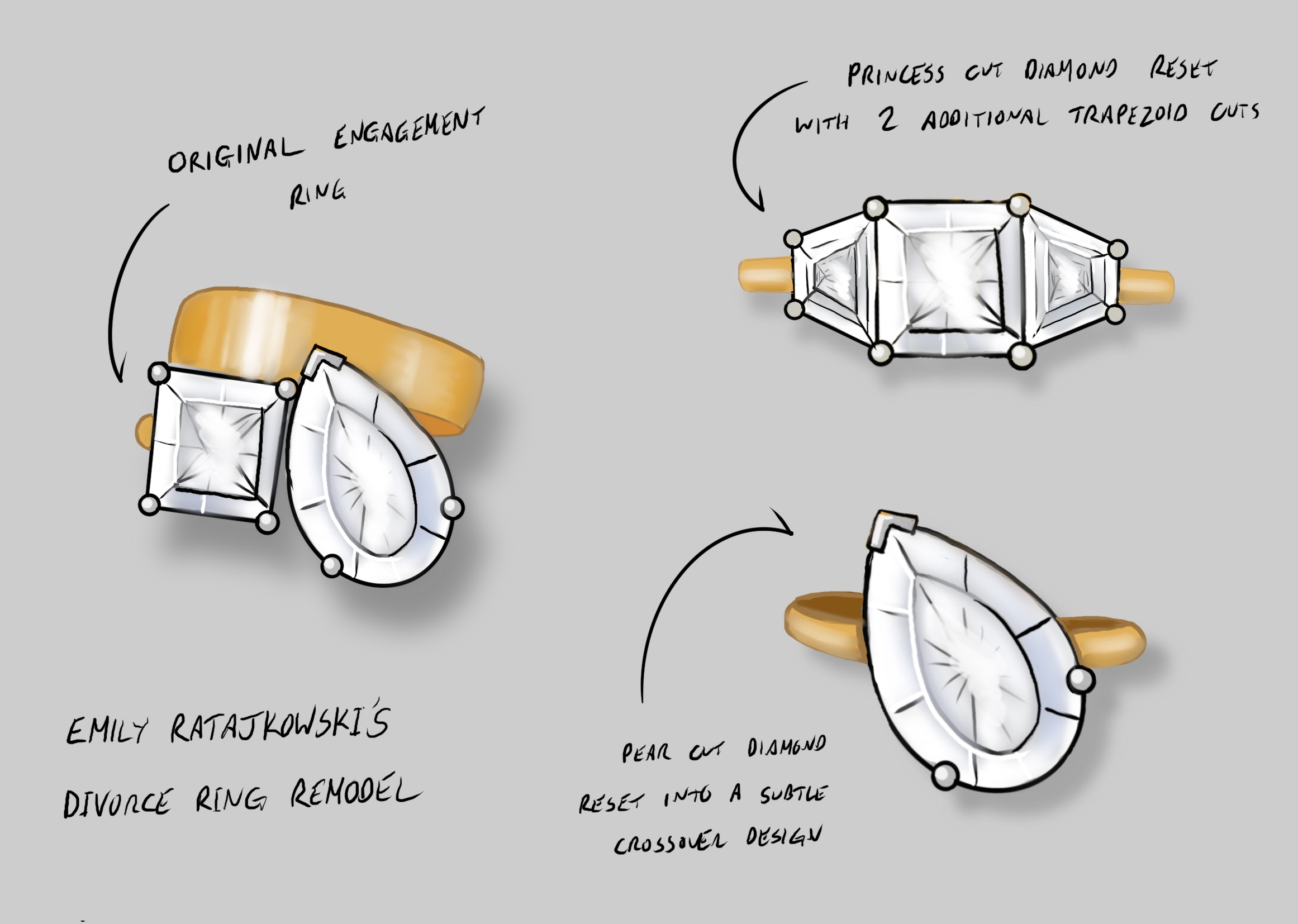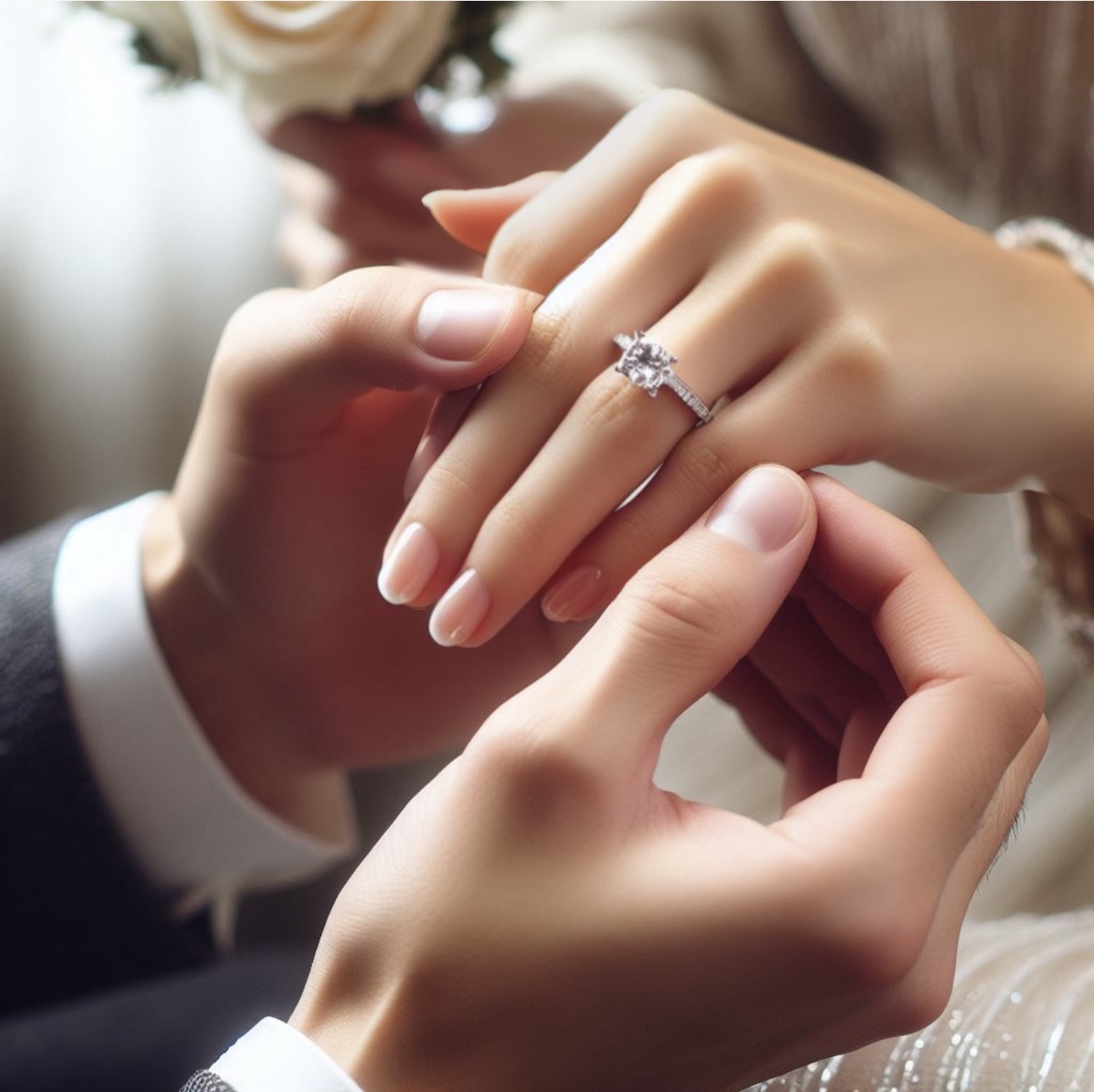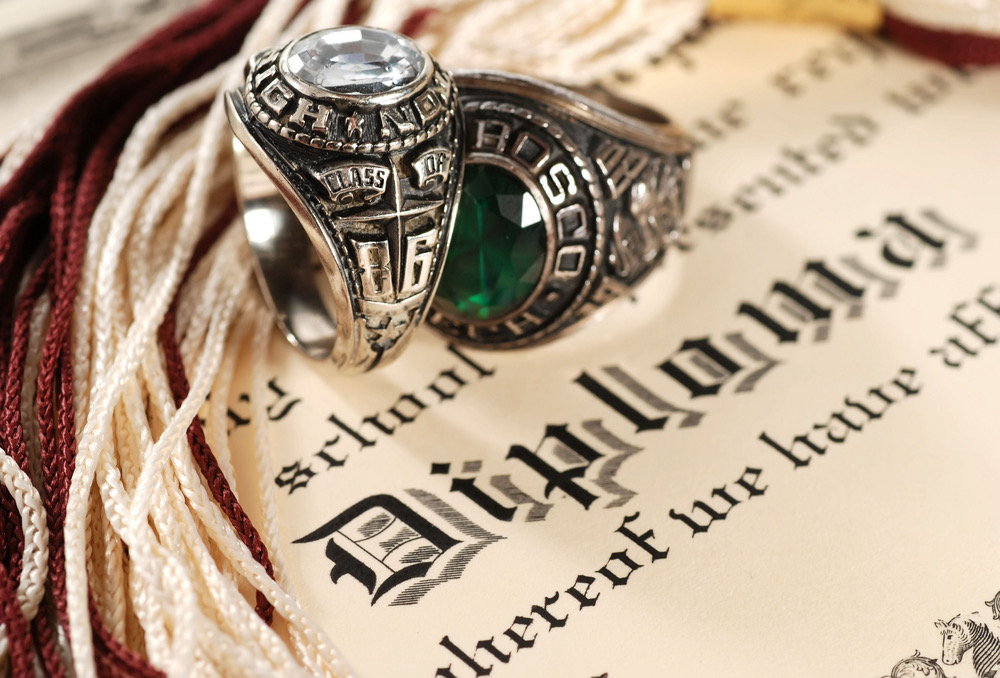
Transforming Pain into Beauty: The Rise of Divorce Rings
Transforming Pain into Beauty: The Rise of Divorce Rings In jewellery a Diamond is usually a symbol of love whether
choose a stone…
choose a setting…
choose a metal…
choose a finish…
…choose ring
21 Meeting House Lane
Brighton East Sussex
BN1 1HB
1273 773 544
21 Meeting House Lane
Brighton
East Sussex
BN1 1HB
Categories:
When shopping for the right diamond for that extra special someone, you want to make the diamond you buy also extra special. Whilst clarity enhanced diamond may at first appear to be just so, the hidden truth, however, is often far from it. Many jewellers will try to sell clarity enhanced diamonds without pointing out the fact they they have been through a treatment process. This means you will often pay way, way more than the diamond is worth.
Below is a photo of the trail left by the drill & below this the filled inclusion (image courtesy of beyong4cs.com)

Here are the answers to some of the frequently asked questions we receive about clarity enhanced diamonds:
Are fracture filled (clarity enhanced) diamonds real diamonds?
The short answer is, yes, mostly clarity enhanced diamonds are real diamonds in the sense that they are mined from the ground the same as any other diamond. However, once a diamond has undergone a clarity enhancement is ceases to be 100% natural. The process involves taking a very low quality stone & tricking the end user into thinking that the diamond is a higher grade than it actually is.
A clarity enhancer will inject a needed into a diamond that has any black inclusions, feathers or holes and uses the needle to suck up and remove any black carbon from inside the diamond. But in order to do this, enhancers must first drill into the diamond. The same goes for diamonds with ‘feathers’ & other inclusions. If the blemish is not on the diamond’s surface, the diamond will need to be drilled. If the blemish is on the surface of the diamond, enhancers will use a laser to enhance the diamond’s clarity. This process leaves behind a small, empty hole inside your diamond. A clarity enhancer will then fill this hole with a glass-like substance to eliminate any darkness the hole may create. At this point, your diamond ceases to be 100% natural and you may find you are paying more than the diamond is now worth.
Why should I pay less for a clarity enhanced diamond?
When shopping for your ideal diamond, there are two sayings that should spring to mind – the first being “you get what you pay for,” and the second being ‘diamonds are forever’. With clarity enhanced diamonds, both of these sayings are not only put to the test but are also usually untrue.
How can I avoid getting tricked into buying a fracture filled (clarity enhanced) diamond?
Any diamond weighing over 0.20ct should come with a laboratory certificate. GIA certificates are the most well renowned. A GIA laboratory certificate not only tells you the carat, colour & clarity of a diamond, but it will also tell you if the stone has gone through any treatment processes like a clarity enhancement, or heating to alter the colour grade.
Below is an image of a fracture filled diamond under ultra violet light (Image courtesy of laminator.ca)

One of the main aims of clarity enhancement is to make sure the Diamond appears either flawless (i.e. without inclusions), or simply a higher clarity than the diamond was naturally when it was mined. However, there is no guarantee of this at the end of the enhancement process. Clarity enhancers will often use a variety of substances to fill the cracks and feathers in the diamond. Certain fillings may initially appear to be slightly coloured whilst others may darken over time, which will negatively impact the clarity of your diamond. Many clarity enhanced diamonds also react negatively to overexposure to the sun which can also cause the glass-like substances used in filling enhanced diamonds to become discoloured.
Over time, clarity enhanced diamonds can lose their shine as the enhancement wears off. You may find that the drilling of your diamond affects the symmetry inside and can also affect the polish of the stone. You need great symmetry and polish for a top quality diamond with ideal sparkle and shine. The glass-like substance that is used to fill these drilled holes will also affect how the stone reacts to the light. As a result, you can find that the shine of your diamond is dulled.
In addition, diamonds are well known for their strength. There are few things that can damage a diamond. You may find, however, that a clarity enhanced diamond is easier to damage. The drilling and filling that clarity enhanced diamonds go through can add extra weight to them whilst weakening the gem at the same time. This can make the gem more prone to cracking.
Whilst on the surface a clarity enhanced diamond may appear to have that extra special shine and quality, underneath this can be far from the case. Weaker and more prone to damage than a 100% natural diamond, your clarity enhanced diamond may not have the lasting effect you were hoping for.
To make sure you get a diamond that stands the test of time, take a look at our natural, GIA certificated diamond engagement rings here.

Transforming Pain into Beauty: The Rise of Divorce Rings In jewellery a Diamond is usually a symbol of love whether

Which finger is the engagement ring worn on? In the UK, as with many other Western countries, an engagement ring

U.S. Graduation Rings And The Symbolism Behind Them As Super Bowl LVIII (58) comes to an end the Kansa City
Tel: +44 (0) 1273 773 544
Email: ringdesign@hotmail.co.uk
21 Meeting House Lane
Brighton
East Sussex
BN1 1HB
Open 7 days a week
Mon-Sat: 10:30am – 5pm
Sun: 11am – 4:30pm